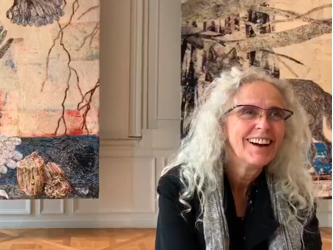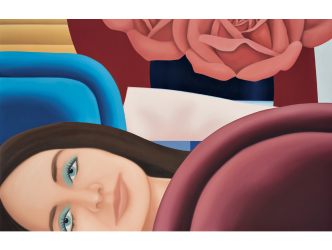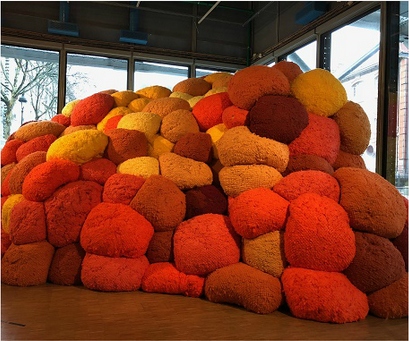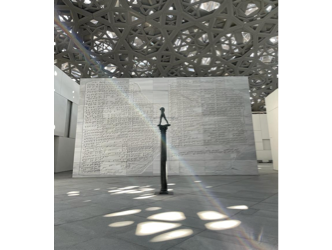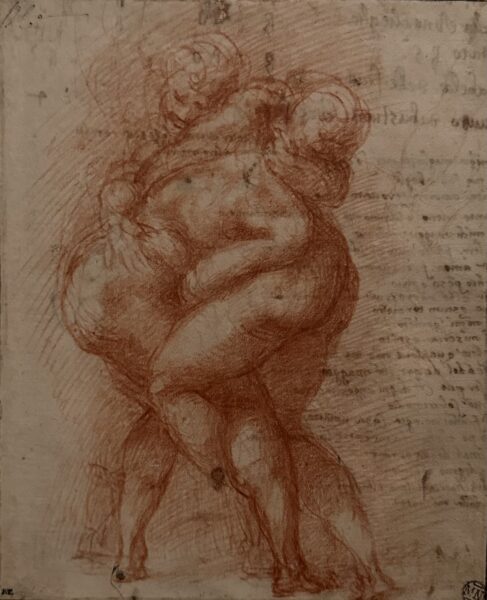
Michelangelo
Corporeal quality
There’s only a handful of artists capable of giving drawings an almost corporeal quality in their works on paper. In Ingres we don’t just see portraits in black and white, but rather figures whose eyes sparkle with life. In Seurat we don’t just see a man in the night. We dive into the depths of nocturnal mystery that he creates using his conté crayon. Of course Michelangelo (1475-1564) features among this prestigious list. The first biographer of the Renaissance, Vasari, solemnly declared him to be “a spirit who, working alone, was able to demonstrate in every art and every profession the meaning of perfection in the art of design”.
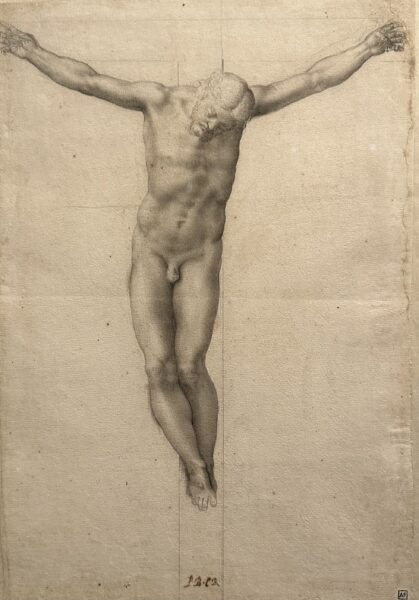
Michelangelo
Laocoon
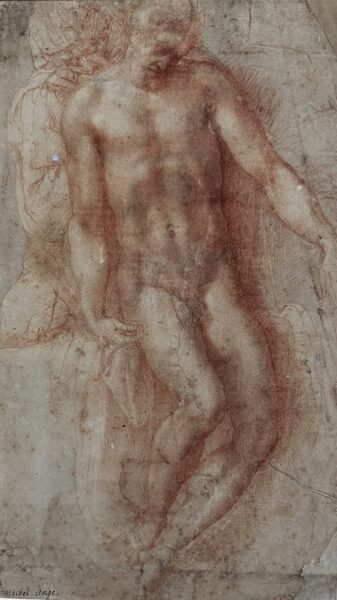
Michelangelo
Michelangelo was on a quest for an ideal sculpted form in the tradition of antiquity at a time when Italy was in the process of discovering some of its great treasures of the past, such as Laocoon, a piece of monumental virtuosic Greek sculpture now at the Vatican.
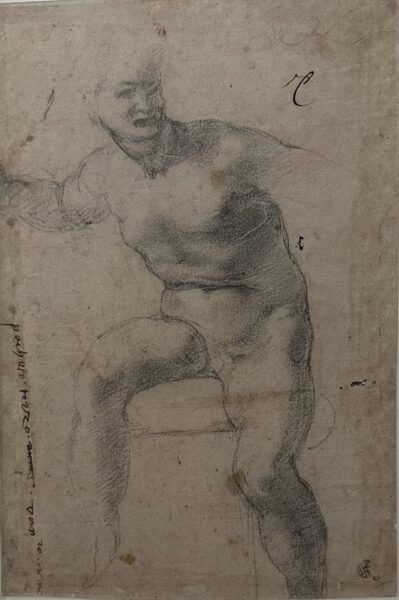
Michelangelo
A collection of a million items
There is nothing more fragile than drawings, especially when they date from almost five centuries ago. This means the exhibition of a group of his works on paper is a major event. The Albertina Museum in Vienna has drawn on their archives, rich to the tune of the astronomical figure of a million items, to produce sixteen drawings by Michelangelo, some of which are double-sided.
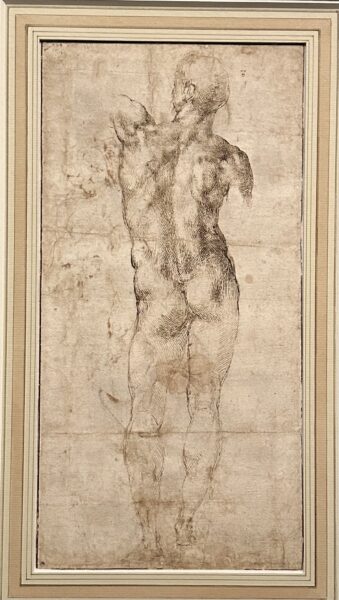
Michelangelo
These are accompanied by a few specimens from the Louvre plus a male nude copied from Masaccio taken from an American collection, which was just acquired at auction in 2022 for 23 million euros.
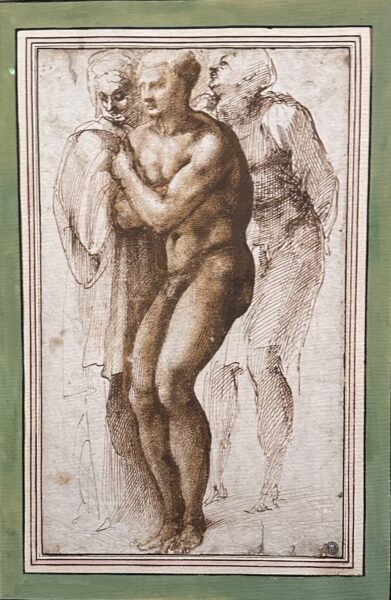
Michelangelo
Klaus Albrecht Schroeder
The objective of the exhibition is not to stop at Michelangelo but rather to show “how he reigned supreme in imposing his canon of the depiction of the masculine,” explains the director of the museum and co-curator of the exhibition, Klaus Albrecht Schroder. He adds: “The only exception is Rembrandt who is known as the anti-Michelangelo villain for his depictions of unattractive physiques.”
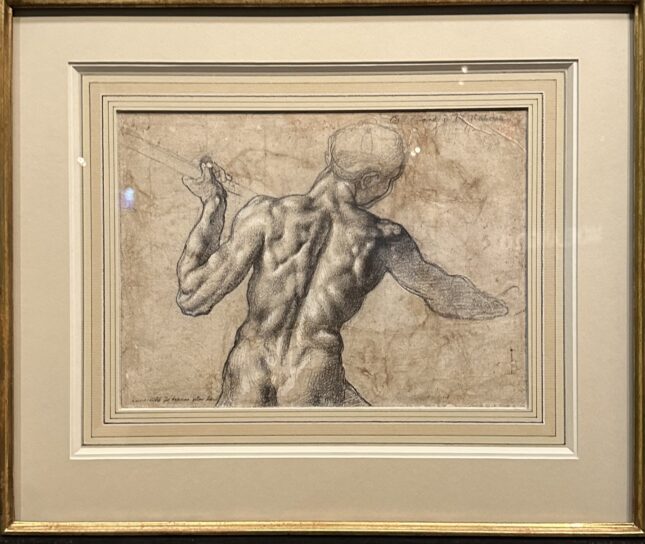
Michelangelo
Rembrandt-esque ugliness
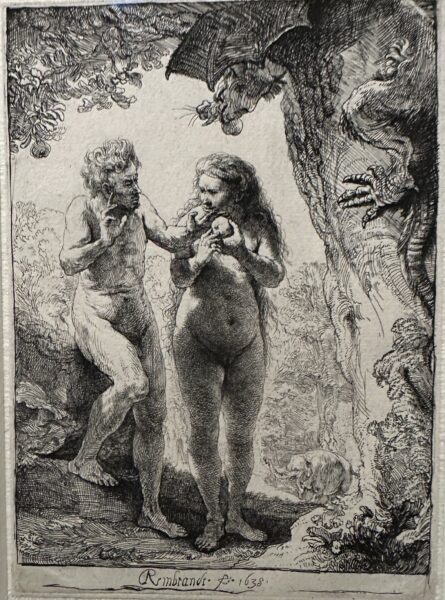
Rembrandt
Contrary to this cult of Rembrandt-esque ugliness, Michelangelo’s men, who were often warriors, all possess an extraordinary muscular power and stand in impossible contorted positions.
Rubens
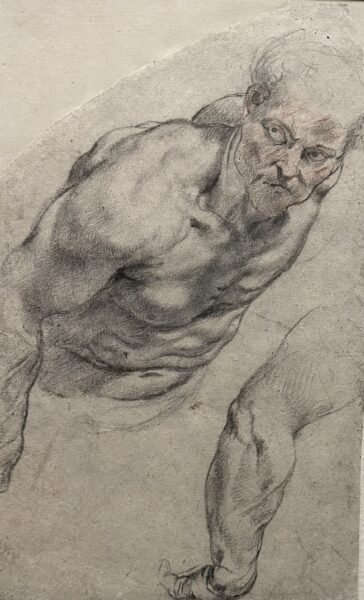
Peter Paul Rubens
His later successors respond to this too, like the heroes drawn by Rubens for example. The Albertina takes the opportunity, at the end of the exhibition layout, to display their drawings by the great Viennese artist Egon Schiele (1890-1918), an expression of convulsive and tormented beauty at the opposite end of the spectrum to the Italian artist’s obsessions.

Egon Schiele
Like graceful dancers of 21st-century

Michelangelo
“The idea of the masculine as depicted by Michelangelo belongs to an ideal from the past,” says Klaus Albrecht Schroder. And yet his soldiers in constant movement uniquely resemble the graceful dancers of 21st-century choreography.
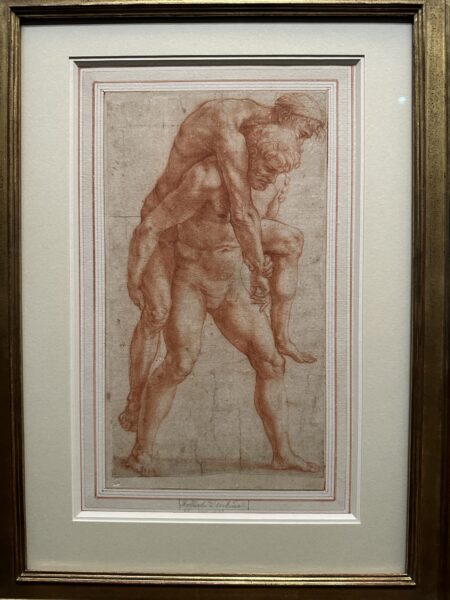
Raphael
Michelangelo and beyond. Until 14 January. https://www.albertina.at/en/
Support independent news on art.
Your contribution : Make a monthly commitment to support JB Reports or a one off contribution as and when you feel like it. Choose the option that suits you best.
Need to cancel a recurring donation? Please go here.
The donation is considered to be a subscription for a fee set by the donor and for a duration also set by the donor.


